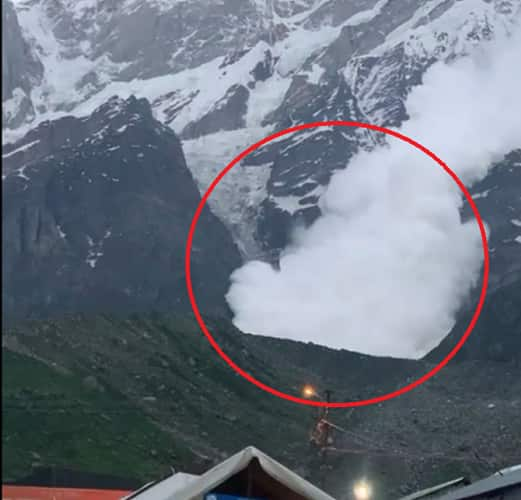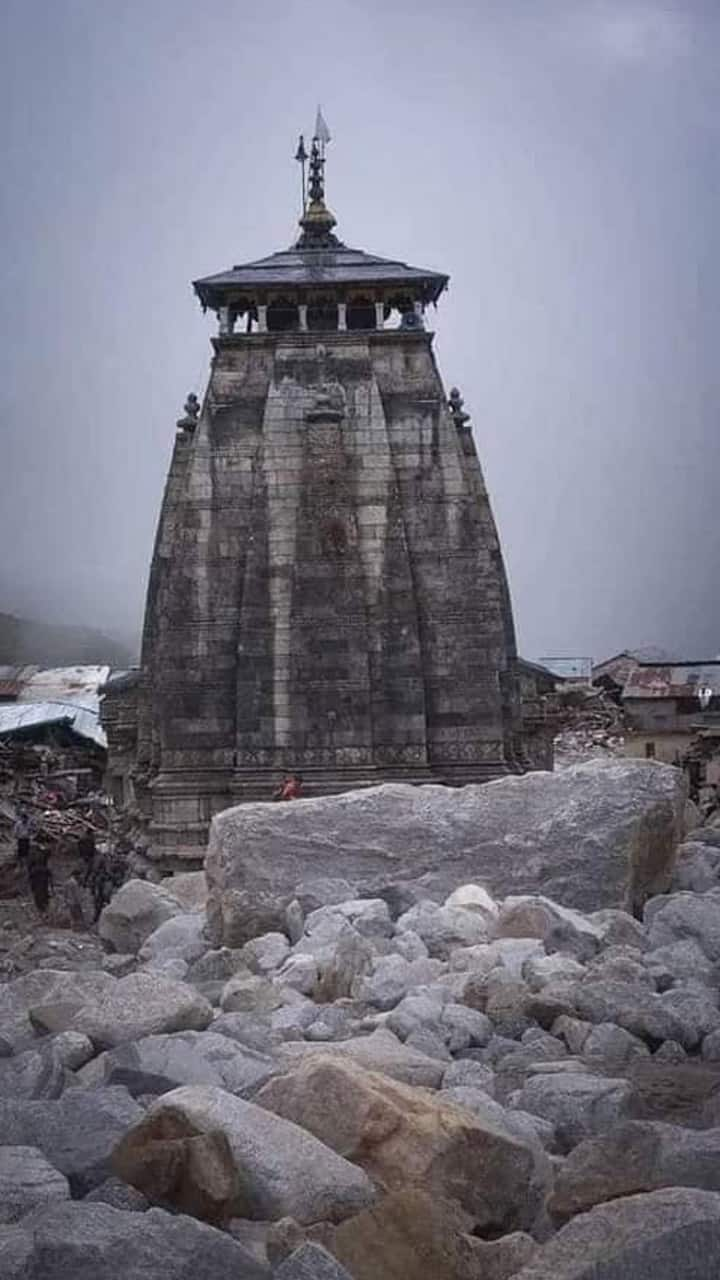As dawn breaks over the snow-draped peaks of Uttarakhand's Garhwal Himalayas, a silent anticipation builds in the holy town of Kedarnath. On the morning of May 2, at precisely 7:00 am, the sacred doors of the Kedarnath Dham will swing open once again, signalling the divine return of Lord Shiva to his high Himalayan abode. The air will be thick with chants, the fragrance of 13 quintals of flowers, and the footsteps of thousands of pilgrims who brave the treacherous terrain every year to seek blessings from the Jyotirlinga of Kedarnath.
This moment doesn’t just mark the beginning of a religious season. It signals the formal commencement of the Char Dham Yatra — a spiritual circuit encompassing Yamunotri, Gangotri, Kedarnath, and Badrinath — each Dham representing an elemental force, each a pillar of Hindu devotion, and each opening its gates in accordance with ancient astrological alignments and tradition.
A tradition carved in stone and timeThe Kedarnath temple, believed to be more than 1,200 years old, stands at 11,755 feet above sea level, behind which looms the mighty Kedar dome glacier. It is one of the twelve Jyotirlingas and holds a particularly sacred position in the mythology of Lord Shiva. According to legend, the Pandavas of the Mahabharata sought redemption for the bloodshed of Kurukshetra and came to the Himalayas in search of Shiva. The Lord, unwilling to forgive them so easily, assumed the form of a bull and tried to elude them. When they tried to catch him, he dived into the ground, with his hump appearing in Kedarnath — where the temple stands today.
The rest of Shiva’s body is believed to have emerged at four other sites in Uttarakhand, now collectively known as the Panch Kedar — Tungnath, Rudranath, Madhyamaheshwar, and Kalpeshwar.
From devastation to divine resurgenceThe image of Kedarnath is incomplete without acknowledging the catastrophic floods of 2013 that wiped out large parts of the valley. Yet the temple stood — undamaged and resolute — as the floodwaters raged past it, buffered by a massive boulder that is still worshipped today as Bhim Shila. The tragedy claimed thousands of lives, yet it also forged an unshakable emotional link between modern India and this ancient shrine.
Since then, massive reconstruction and redevelopment work — spearheaded by both government and private entities — have transformed Kedarnath into not just a site of pilgrimage but a symbol of national resilience. Roads have been rebuilt, emergency shelters constructed, helipads activated, and the entire approach to Kedarnath has been made more accessible without compromising its spiritual gravity.

Kedarnath faces frequent trials like landslides and avalanches, yet it stands firm each time — a powerful symbol of resilience and unwavering endurance.

As the doli (palanquin) bearing Baba Kedarnath’s idol makes its journey from Omkareshwar Temple in Ukhimath to Kedarnath Dham, floral tributes rain from the skies. Uttarakhand Chief Minister Pushkar Singh Dhami has been personally overseeing preparations for the yatra. Notably, this year he became the first CM to participate in the Kapadodghatan ceremony at Yamunotri Dham and performed the pratham puja in the name of Prime Minister Narendra Modi.
On April 30, the Gangotri and Yamunotri Dhams opened to devotees amid Vedic chants on the sacred occasion of Akshaya Tritiya. Devotees witnessed flower showers from helicopters and witnessed the ceremonial arrival of festive dolis of Maa Ganga and Maa Yamuna from their respective winter residences — Bhairav Valley and Kharsali. As the Akhand Jyoti (eternal flame) was lit and the waters of the twin rivers bathed pilgrims in virtue, the Char Dham Yatra 2025 officially commenced.
A divine logistics challengeOrganising the annual Char Dham Yatra — often described as a logistical marathon — is not just a matter of faith but of scale. Over 10 lakh pilgrims are expected this year. Chief Minister Dhami has assured the public of robust arrangements, from crowd control to traffic management, and special emphasis on cleanliness, medical facilities, and environmental conservation. He reiterated the state's commitment to Atithi Devo Bhava (The guest is God), aiming to ensure that every pilgrim leaves Devbhoomi with not just blessings but a memorable and safe experience.
Why Kedarnath still calls to the soulThe opening of Kedarnath’s doors isn’t merely a ceremonial event; it is a spiritual metaphor — of life renewed after months of hibernation, of hope rekindled amid uncertainty. In an age increasingly defined by digital detachment and geopolitical dissonance, the journey to Kedarnath offers a raw and humbling reminder of nature’s grandeur and the human longing for transcendence.
You may also like

'Don't think you've won the war': Amit Shah to Pahalgam perpetrators

Liverpool dog attack: Girl, 2, and boy, 3, seriously injured as police rush to scene

Christine McGuinness quits Celebs Go Dating just days into filming E4 series

Bodo/Glimt risk hefty UEFA fine after incident against Tottenham

"Girija Vyas will always be remembered as a popular leader": Rajasthan CM Bhajanlal Sharma expresses grief on demise of former Union Minister







